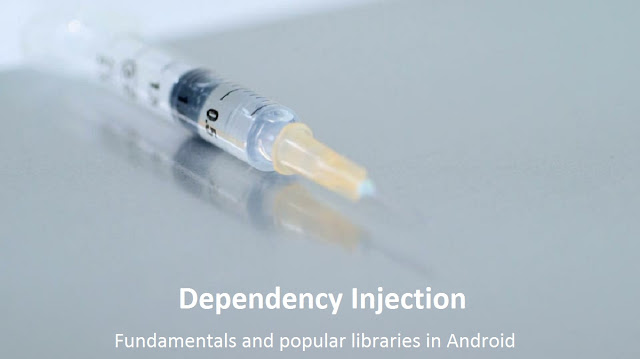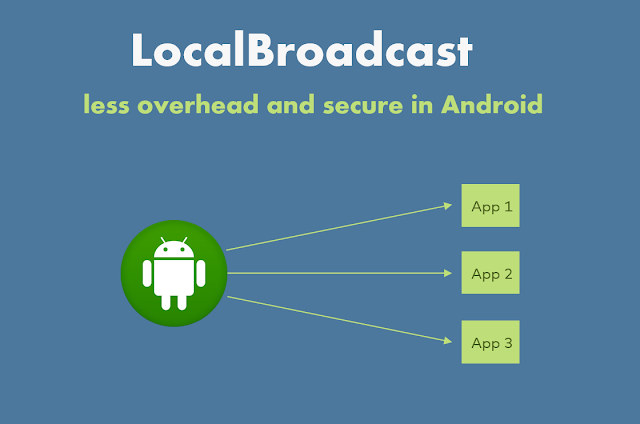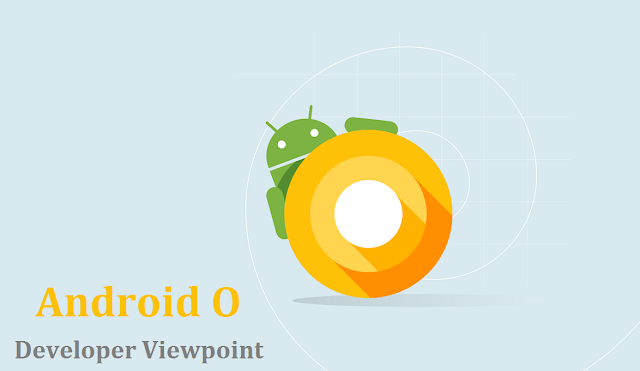Fundamentals of Dependency Injection and popular libraries in Android

Dependency injection is quite interesting topic and to understand it perfectly it is very important to learn the basics of it and learn it in depth. So I am planning to explain it in two parts. This post will explain what dependency injection is, its benefit and different popular DI options which we can use in our Android projects. It seems little theoretical to you to grasp the basics. So let’s gets started… “With good basics you’ll have endless options” What is DI? Any business application is made up of two or more classes and these classes collaborate with each other to perform some operation. Traditionally, we create the instance of dependent class object and do the required operations. When applying Dependency Injection, the objects are given their dependencies at creation time by some external entity that coordinates each object in the system. It means dependencies are injected into objects. In other words, Dependency injection is a style of object


